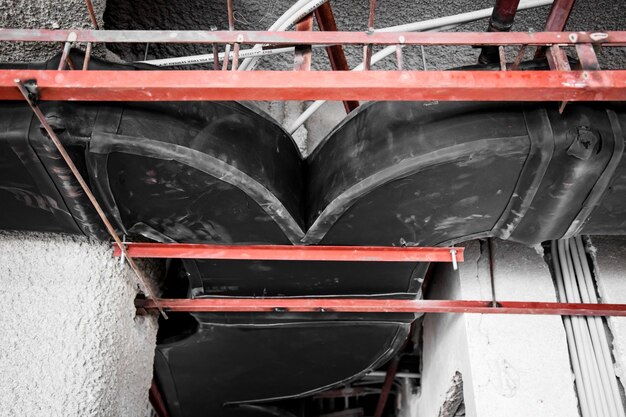Fire Damper Testing
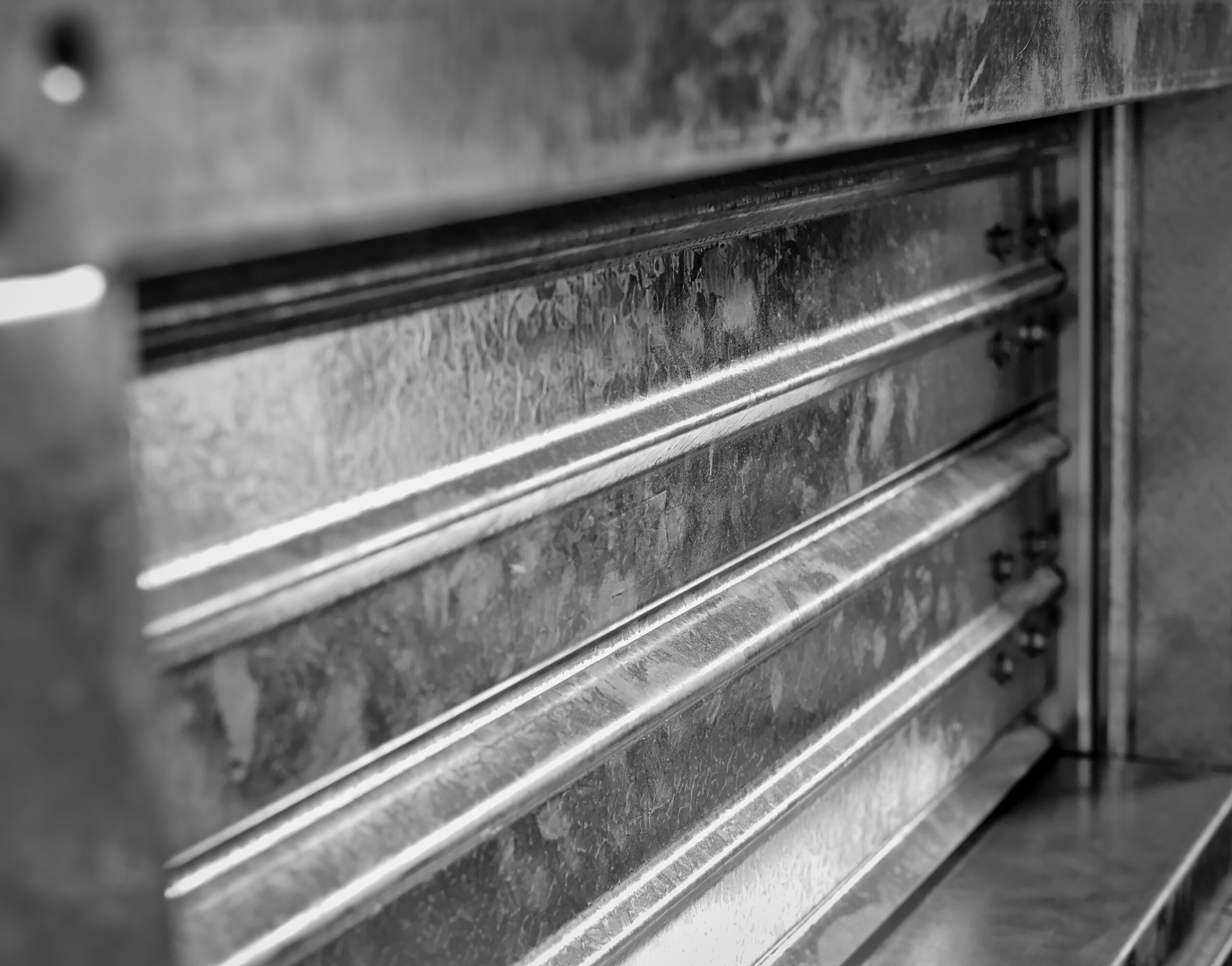
Fire dampers are crucial passive fire protection products that help to prevent the quick and dangerous spread of fire and smoke through building ductwork which penetrate fire and smoke barriers. They slow the progression of fire allowing people sufficient time to evacuate a building safely during a building fire. As with any safety apparatus, these need to be regularly tested and maintained in order to ensure that if and when the time comes, they will work and do their job effectively.
A lack of upkeep, poor installation and failure to maintain dampers can lead to issues such as rusted, disintegrated or dust and dirt filled parts that can cause them to fail to function properly when they are needed.
In the event of a fire, smoke and flames can travel quickly through ductwork making an already dangerous situation much worse, causing more damage to the building, spread fire to escape routes and put lives at risk, which is why fire dampers are so important.
What Is a Fire Damper?
A fire damper is what is known as a ‘passive’ fire protection product. They are integrated into the ductwork of heating, air conditioning and ventilation systems to help delay the spread of smoke and fire and thus to allow people sufficient time to safely evacuate a building during a fire.
If a fire was to break out in a building with no fire dampers in fire and smoke barriers, then it can quickly and easily pass through duct systems, spreading rapidly throughout the premises, and infiltrating fire-resistant walls and floors into escape routes.
Fire dampers are designed to delay this transmission from happening by closing shut when a fire occurs. This helps to hold back the fire, reduce it from spreading into escape routes and causing greater damage to property and the building itself and most importantly protects the lives of those inside by preserving the integrity of fire escape routes.
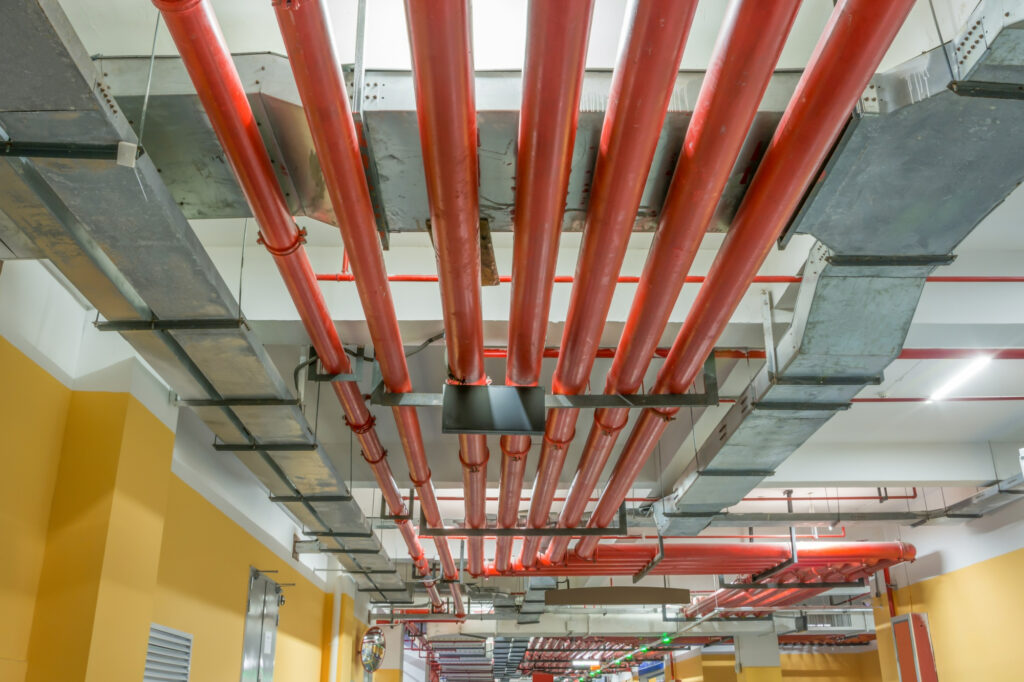
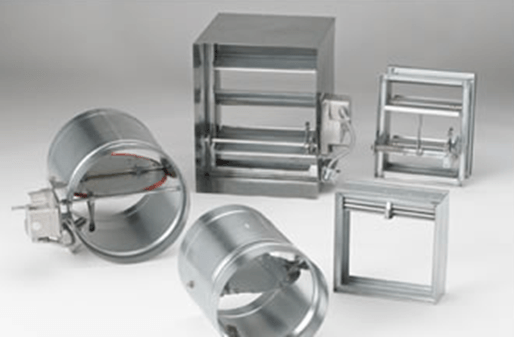
How Do Fire Dampers Work?
Fire dampers are fitted into ductwork in areas where they pass through fire rated walls and floors which are fire compartment barriers. They are a bit like a roller shutter and work by springing closed to stop the flow of fire or smoke. They can be activated in two ways;
- Thermally
When a given temperature is reached, a ‘fusible link’ which holds the shutters apart will melt and trigger them to slam shut. Alternatively, a temperature based bi-metallic strip can be used to activate the system and close the shutters.
- Electrically
Electronic dampers are activated by smoke and fire detectors which are linked to a trigger mechanism that closes the shutters.
Why Do I Need Fire Damper Testing?
Fire dampers are a crucial part of any buildings fire safety system and need to be properly maintained to ensure that they are in top condition and working effectively as they should because if not, it could quite literally be the difference between life and death.
With recent high-profile building fires and the subsequent Hackitt Report, it is vital to take the steps you can to prevent a fire from spreading.
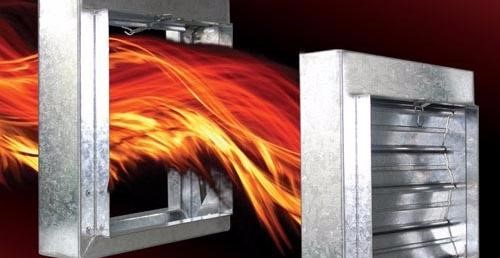
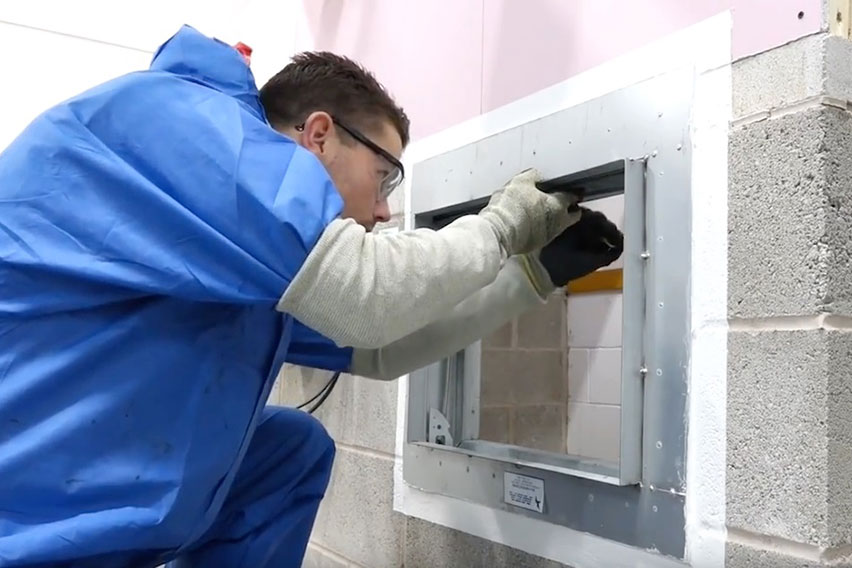
How Often Should Fire Dampers Be Checked?
It is now a legal requirement for fire dampers to be tested every year, and it is something that shouldn’t be put off or ignored. Fire damper testing is just as important as the regular testing of fire alarms to keep buildings safe and prepared in the event that a fire occurs.
What Does Fire Damper Testing Entail?
Here is what can be expected during our fire damper maintenance and testing appointments:
- An inventory of all fire dampers within the building and where they are located is created.
- All fire dampers are individually inspected for signs of corrosion, damage and obstructions.
- Channels and runners are cleaned.
- Advice is given on any damaged dampers that need to be repaired or replaced.
- Dampers are reset.
- A comprehensive report is produced which details all locations, maintenance, agreed repairs and replacements as well as any recommendations and detailed exception reports on any failures.
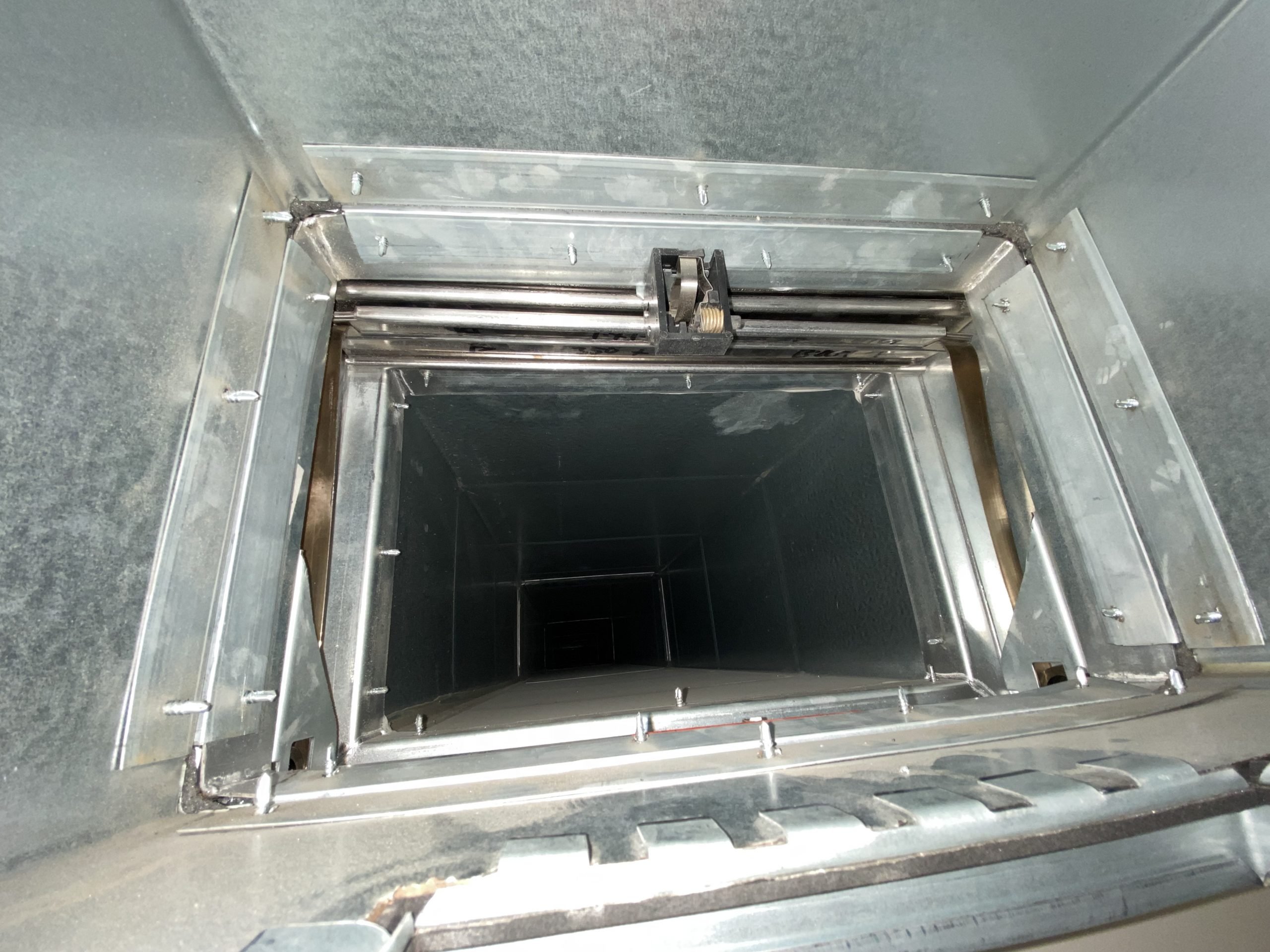
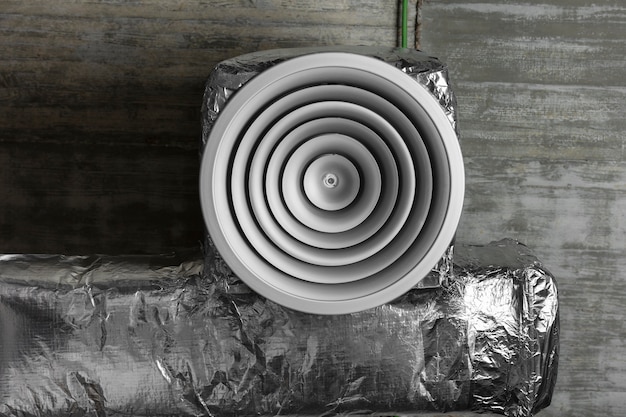
What Can Cause Fire Dampers To Fail?
There are a number of reasons that can cause fire dampers to fail. Some of the most common reasons found are obstructions and blockages, corrosion, poor installation, broken springs and dirt and debris impacting tight seals.
Just one damper fail can result in the catastrophic spread of smoke and fire throughout a building leading to loss of property, damage to the premises and more importantly the harm or even death of those inside.
This is why it is so important to ensure that these crucial safety systems are checked, tested, inspected and maintained properly, to help keep people and properties safe.
Fire Damper Services
Some building managers are unsure if their buildings even have fire dampers – let alone when they were last tested. As the number one fire damper testing company, Shine Hygiene can help ensure that everything is in top working order to keep both your building and its occupants safe.
To find out more about fire damper servicing and how we can help you, please do not hesitate to get in touch or fill out the contact form and one of our friendly team will get back to you.
